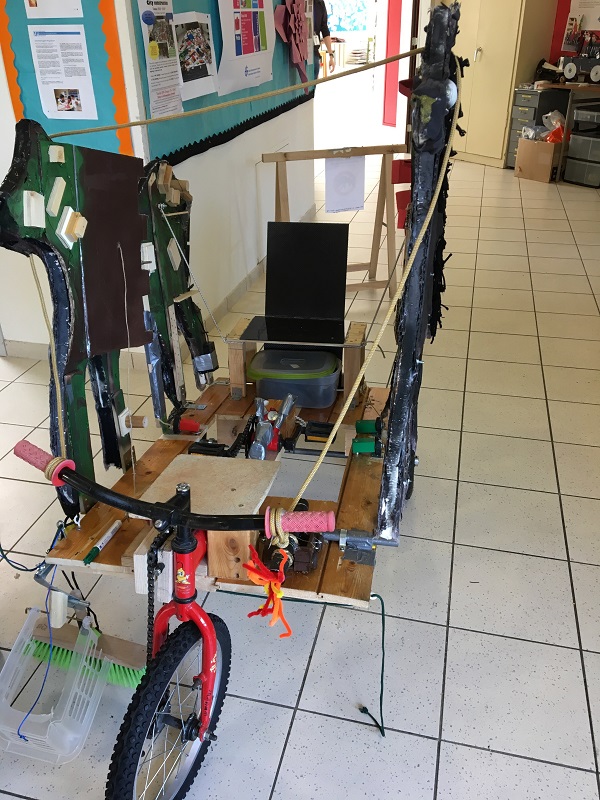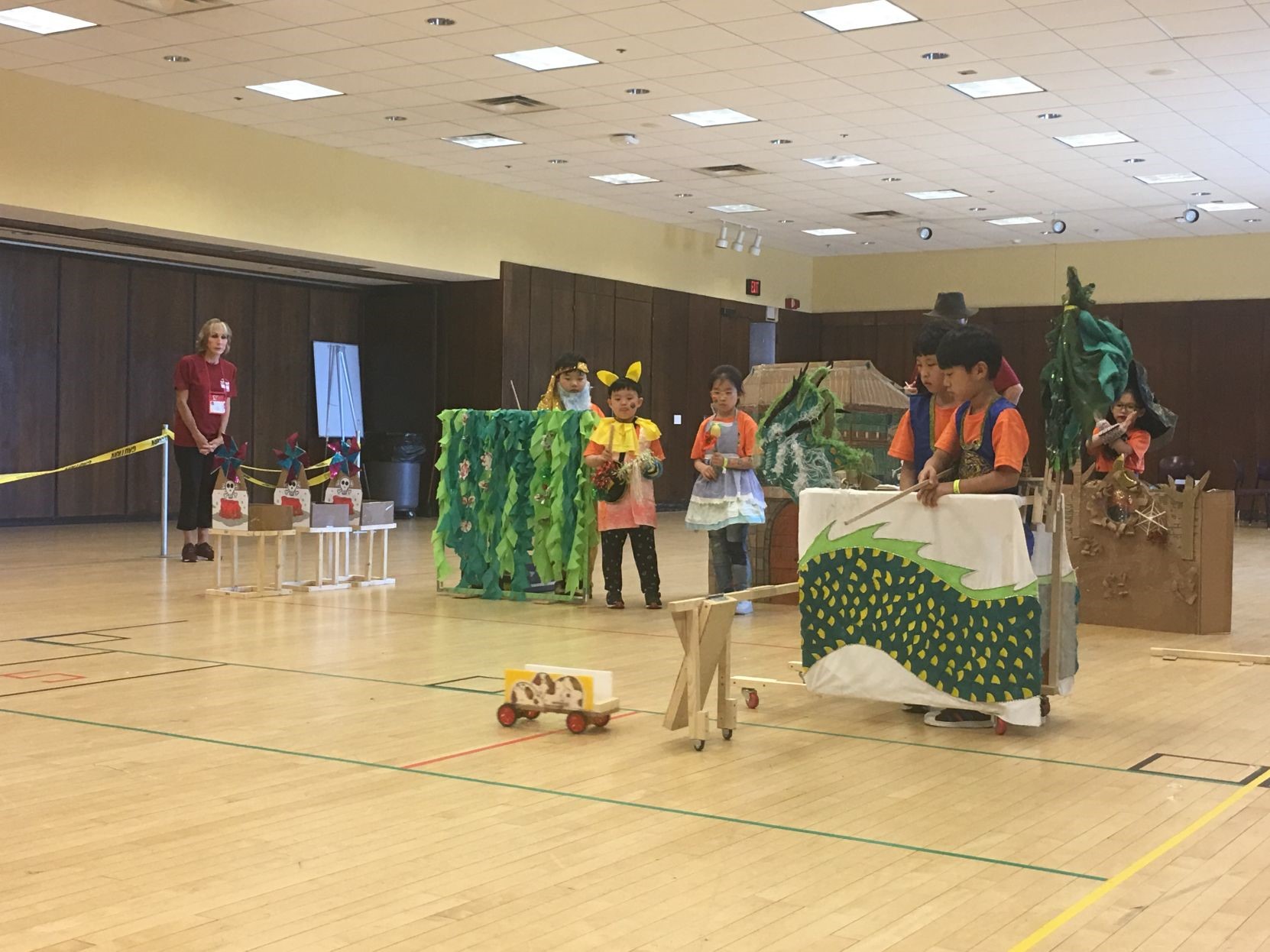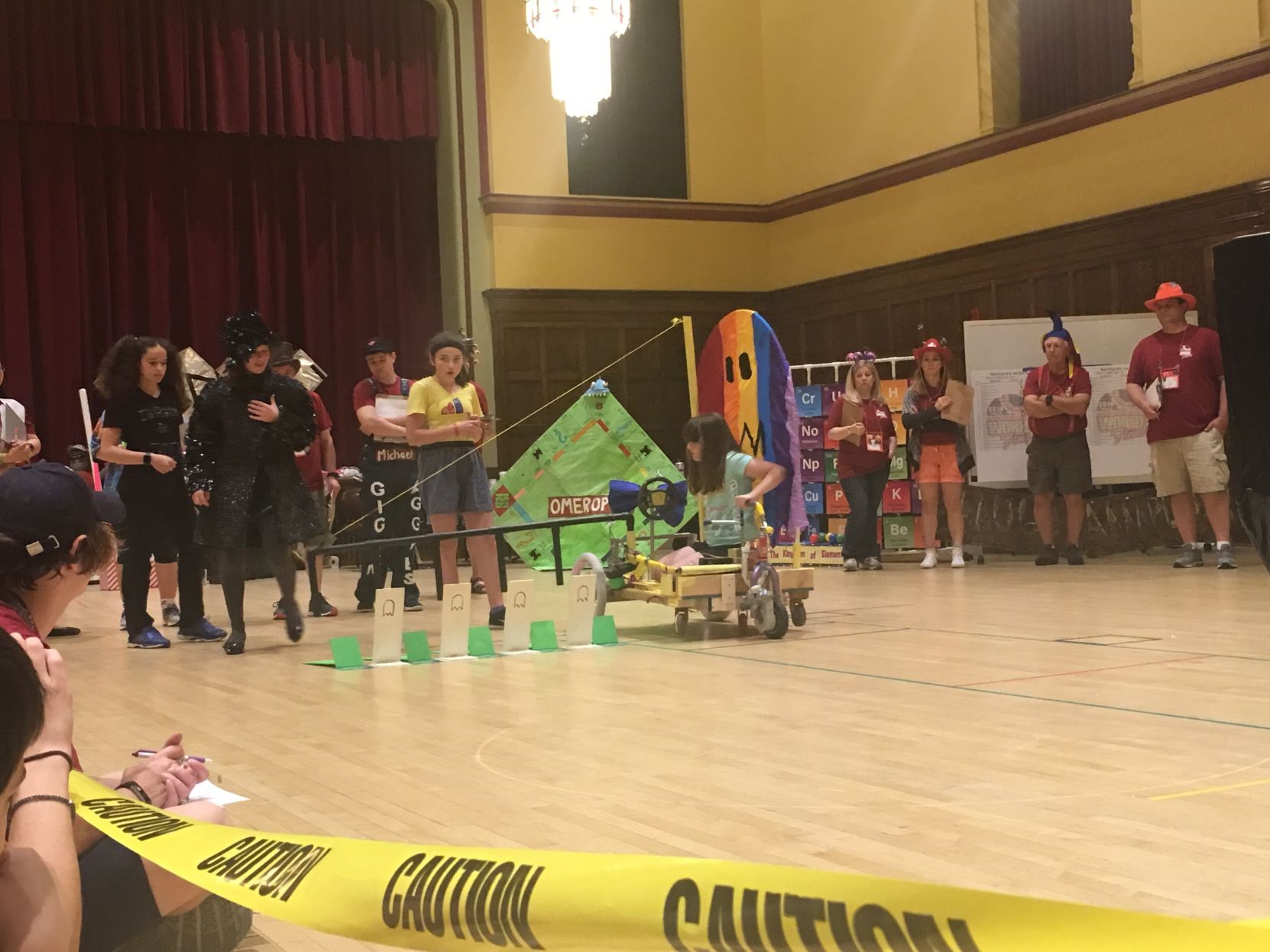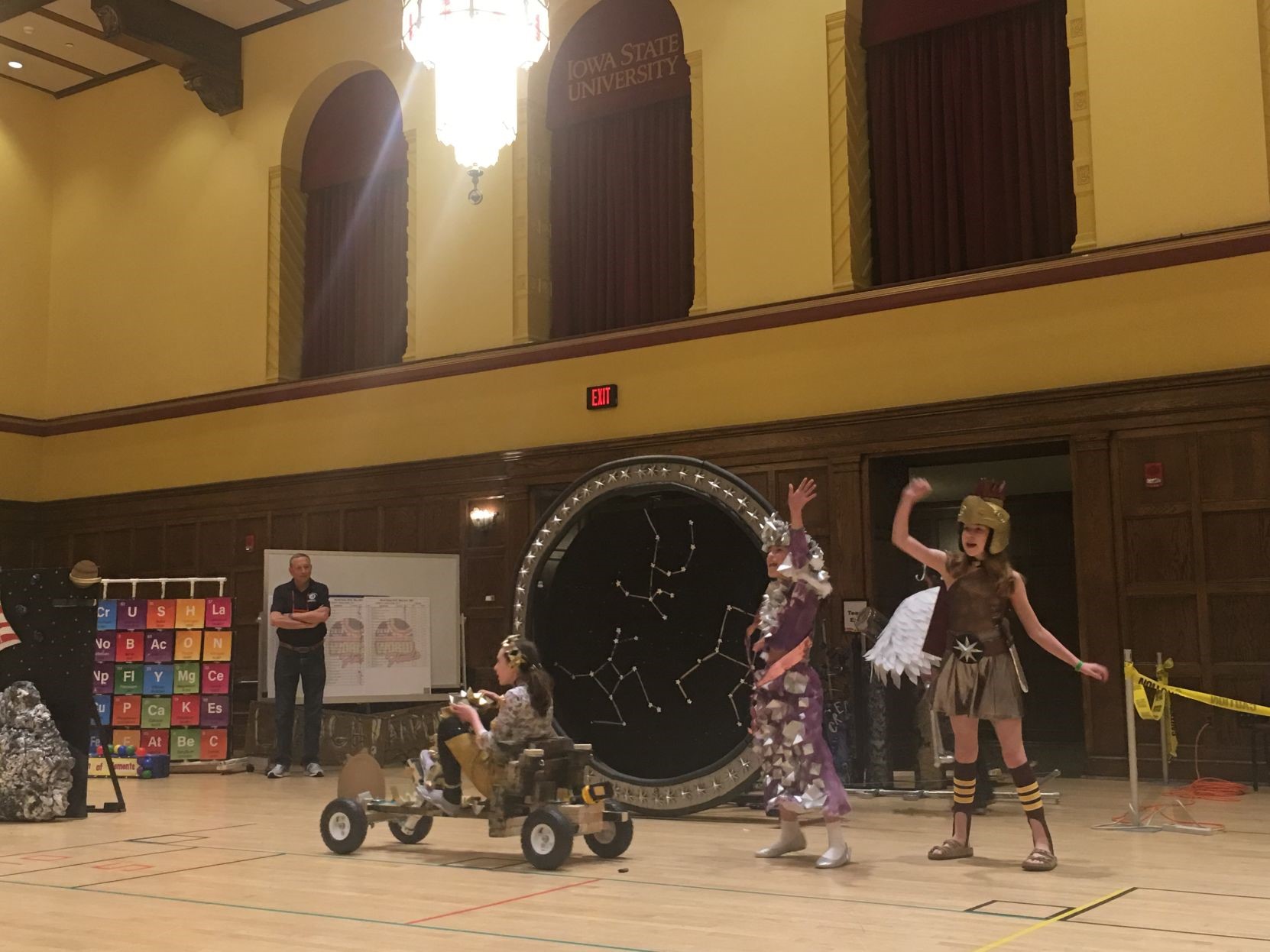Odyssey of the Mind - May 2018 World Finals
Odyssey of the Mind - May 2018 World Finals
Young children from Geneva participate in the championship in creative problem solving, in the USA? Indeed!
By Marcia Banks, Odyssey of the Mind Switzerland Association Director, Odyssey of the Mind coach
Odyssey of the Mind has been fostering the creative problem-solving skills of students for 40 years, challenging students to go beyond conventional thinking and incorporate creative problem solving in learning. While a conventional education is important, learning to solve problems creatively and confidently gives participating students an important edge in their education and career goals.
Odyssey of the Mind teams astonish audiences all over the world with their extraordinarily creative solutions to five original problems. Teams advance in competition until the champions meet and compete at the World Finals, which takes place at the end of May.
A team selects one of five LT Problems and over several months work on resolving their chosen problems, making sure that their solutions are also entertaining. The problem is the same whether you are 6 years old or 20 years old, but children compete against others within their age range.

An Ecolint team solving Problem 1, and competing at the World Finals, Ecolint, was made up of seven students ranging from Year 3 to Year 5. They were tasked with creating a vehicle that could complete a triathlon of jousting, curling and a three-cone obstacle course, all within 8 minutes. Contestants weren’t allowed to use pre-motorized vehicles or push the vehicle from the ground; they had to work within a budget of 145 CHF for their final production, thus pushing creativity to another level.

Picture above of the students from Ecolint presenting their solution. They came in 14th place out of 64 teams.
Even with so much time to prepare, nobody can account for everything. Some trials were fraught with malfunctions, but part of the Grand Finals is about adapting to new situations.
“It’s also hard because they can get nervous,” said Liane Kwon, a coach for the Division 1 group from Seocho-gu, South Korea. “Some of them are 7 or 8 years old, but they still have so many ideas. We help them prepare some, but they’re the ones with all the ideas".

Contestants from Seocho-gu, South Korea using curling to return a dragon’s egg to its rightful place before defeating the evil witch.

A division II team (12 to 14 years of age) brought Pac-Man to life in the Great Hall with lights and colorful, intricate costumes.
Teams were also tasked with using tape in innovative ways for their performance. This resulted in curious costumes made of cassette tape film and duct tape, and some teams even incorporated origami. “We probably spent over 500 hundred hours rehearsing and making the costumes,” said Olivia Holland. “Our hands were hurting from doing so much origami.”
Constructing the vehicle was only part of the competition. Contestants are also judged for the creativity they display. Groups organized their own skit and turned the obstacle course into a grand performance.

A division I team (7 to 11 years of age) weaved the challenges together with a story about time traveling space aliens that made war with cannibalistic, arena-loving warriors in ancient Sparta.
One team wrote a skit where the different characters were all different constellations, such as Pegasus and Andromeda. Their performance featured singing, dancing and storytelling on top of the activities in the competition.
Perhaps the most impressive part of the triathlon is the autonomy of the competing children. Teams are required to have coaches, but it’s the children who are responsible for the ideas and how they’re applied.